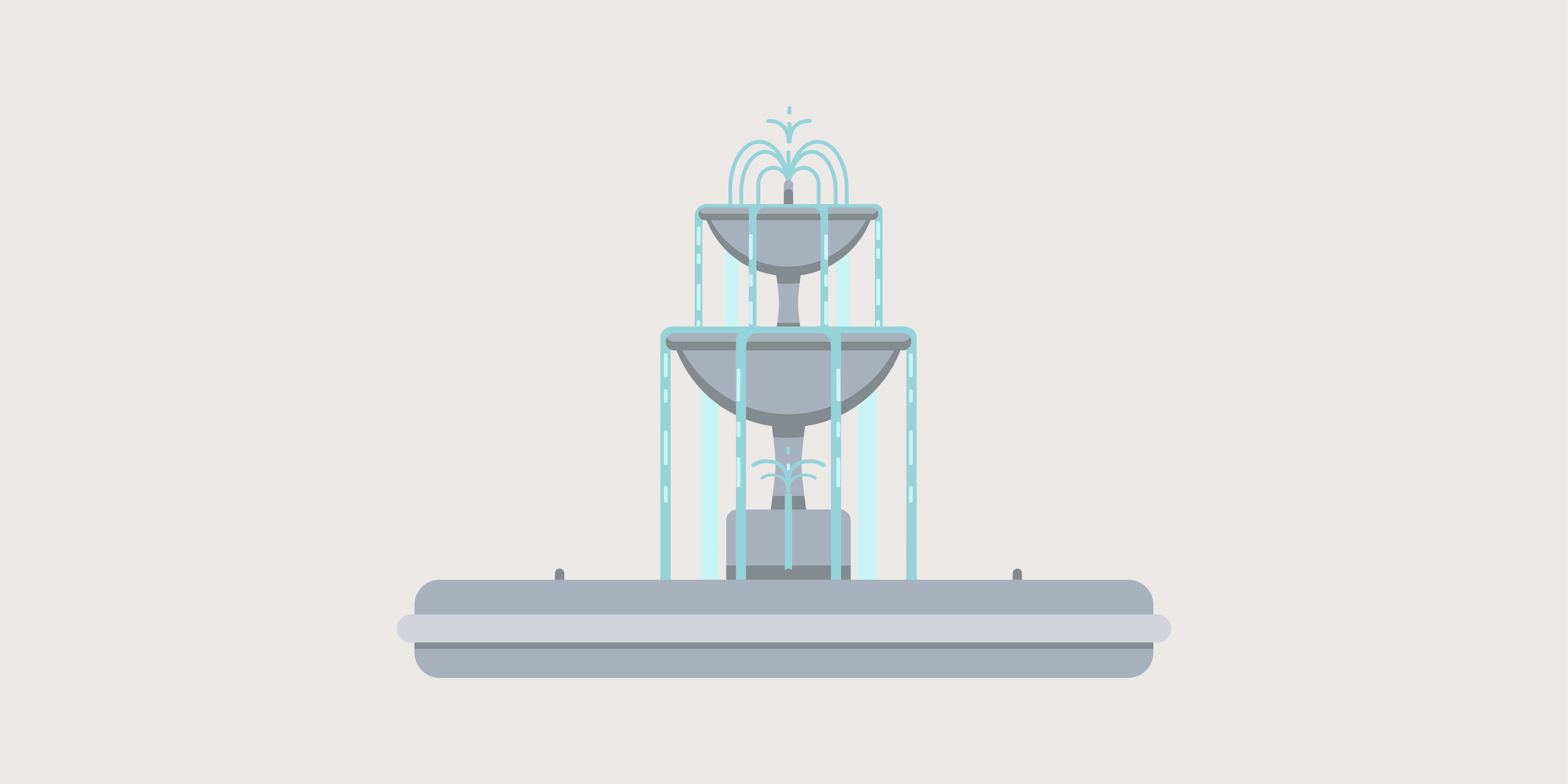The COVID-19 pandemic forced the U.S. Federal Reserve into unprecedented policy actions and led to a level of Fed intervention unlike anything markets had ever seen.
It’s reminiscent of that scene from Toy Story when Buzz Lightyear shouted “to infinity and beyond” before jumping off the bed post.
Just like with Buzz’s leap, the unprecedented and massive level of stimulus by the Fed left everyone standing by with mouths agape, wondering if it was actually going to work out. Will Fed Lightyear stick the landing or fall flat on its face?
Sure, the Federal Reserve steps up and reacts to situations as needed to support the economy, control inflation and ensure full employment. But, it isn’t exactly known as one of the most nimble institutions. Historically, the Fed fought an economic slowdown or recession by lowering interest rates to encourage businesses and individuals to borrow, which stimulated spending and investment.
But in the wake of COVID-19, the days of the Fed being able to execute on its mandate by simply adjusting interest rates appeared to be over.
As the pandemic ground economic activity to a halt, Fed Chairman Jerome Powell committed trillions of dollars of Fed purchases to combating the downturn and making sure businesses had easy access to credit. He quickly brought interest rates down to zero and took the unprecedented step of subsidizing state and local governments by buying their bonds. No one could’ve predicted that we’d have unlimited quantitative easing during the early days of the pandemic.
The Fed’s decision to buy just about anything – from index ETFs to individual junk bonds – has led to some concern about the potential risks of this approach. There are worries about the longer-term effects, namely the potential for heightened inflation.
There will certainly be consequences for businesses that were already highly leveraged going into this crisis and will emerge even more indebted. But, the Fed’s focus in the early months had to be on the short term, to help usher the economy through the crisis.
Even the manipulation of interest rates, whether directly through the Fed Funds Rate and the Discount Rate, or via quantitative easing, has ramifications for investors. Monetary policy indirectly affects long-term interest rates, foreign exchange rates, as well as equity prices and other asset values – which in turn impacts wealth. Through these various channels, monetary policy has an impact on household spending, business investment, production and employment, as well as inflation.
Powell and his governors implemented rate cuts and a slew of credit and lending programs that could ultimately amount to more than $6 trillion being injected into the U.S. economy.
This monetary stimulus was intended to support the faltering economy and help prop up the stock market, but it will almost certainly have myriad unintended (and lasting) consequences particularly concerning given that actions taken by the Fed during the 2008 global financial crisis, which were intended to be temporary, still remain largely in place — something that both led to this new world of QE infinity and compounds the problem.
Given that standard monetary policy options weren’t available this time, more unconventional actions were required to produce the desired outcome. The maneuvers needed to generate results were far more complicated and extensive, but since they came on the heels of already big interventions a decade ago, what their ultimate impact will be remains unknown.
Even a gradual removal of this stimulus seems unfathomable, especially when one considers how few measures the Fed was able to withdraw after the previous downturn – interventions that at the time were considered unconventional themselves.
According to former Fed chair Janet Yellen, “the role of a central bank is to take risks and to avoid harm to the economy when no one else is willing to do so.”
Powell has proven that in a time of crisis his team is willing to launch new programs, expand its influence, and take on ever greater risks. They are acting swiftly and trying to be creative in determining what can be done to support the flow of credit in the economy. But, will it be enough?
Ideally, the markets are the arbiters of the cost of credit. And yet the mantra “do not fight the Fed” might now be as powerful as it ever has been.
Only time will tell if the Fed is flying high or falling with less style than our friend Buzz.





